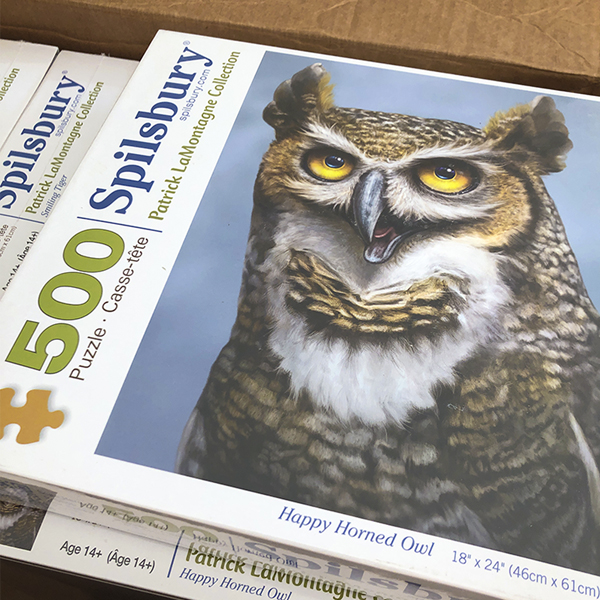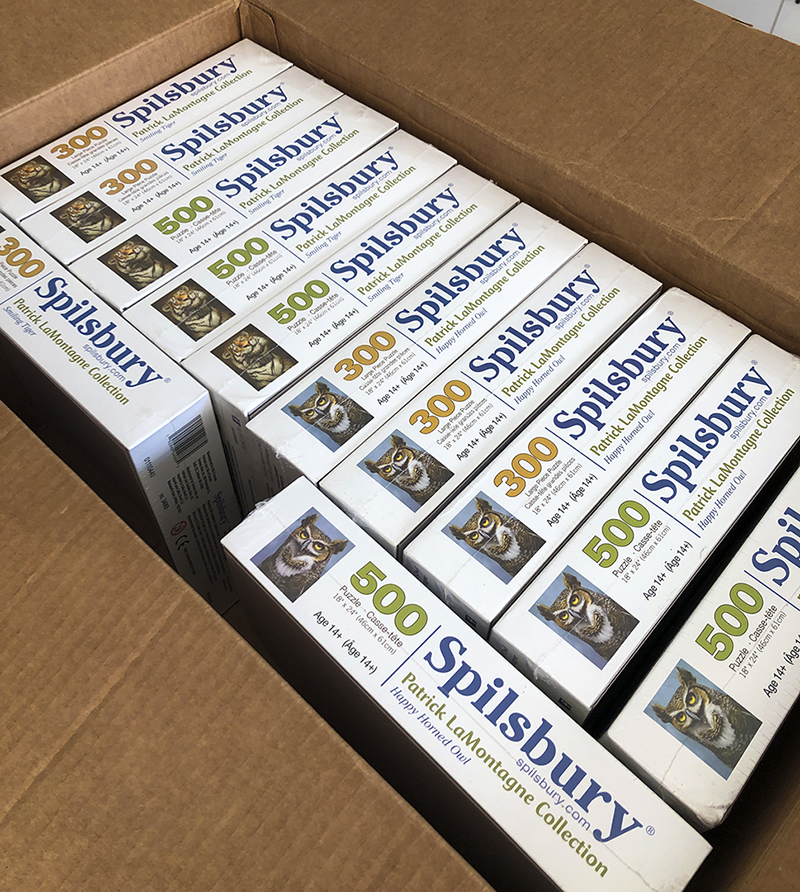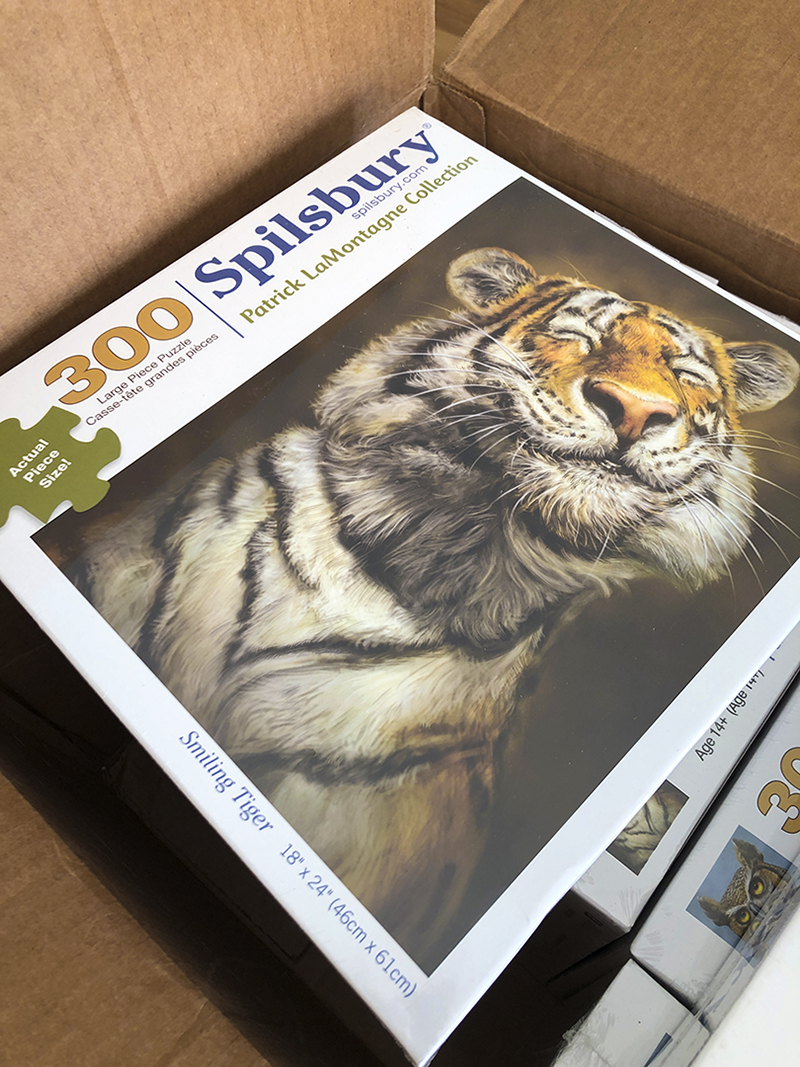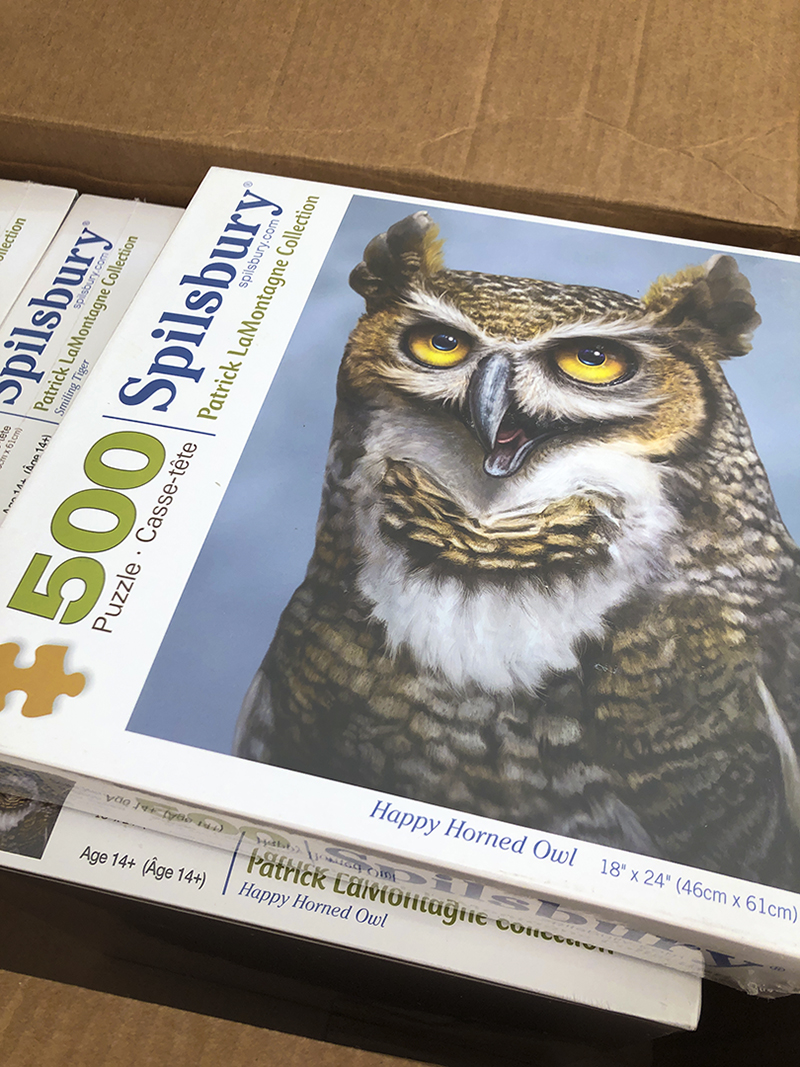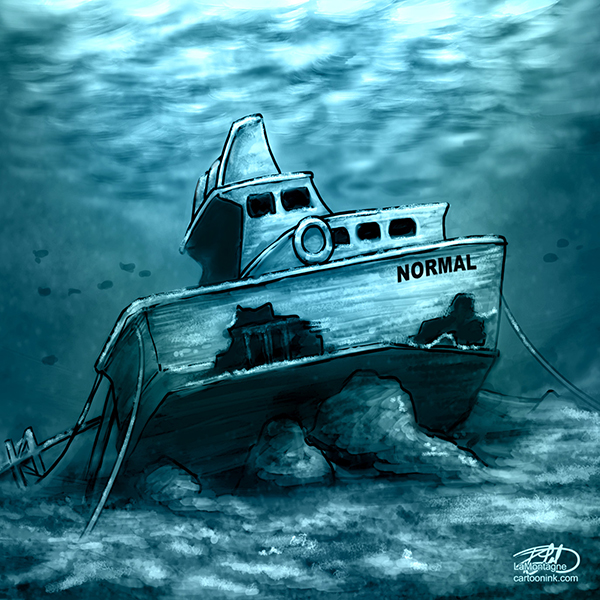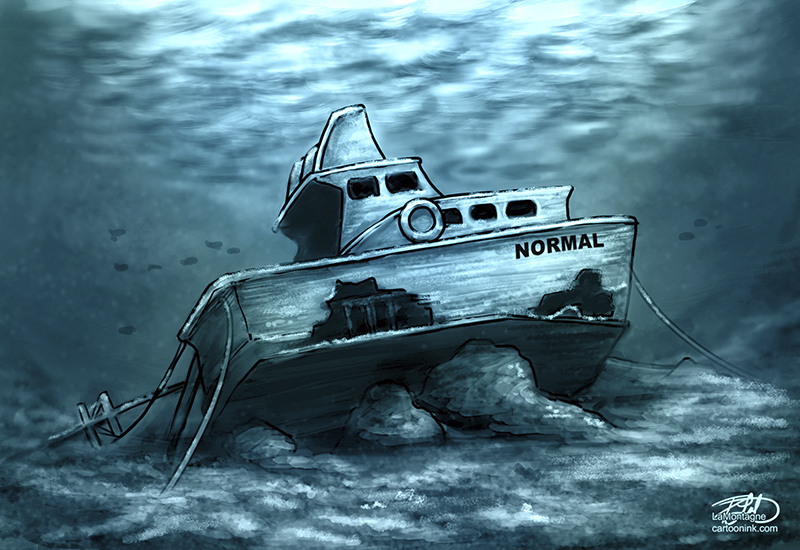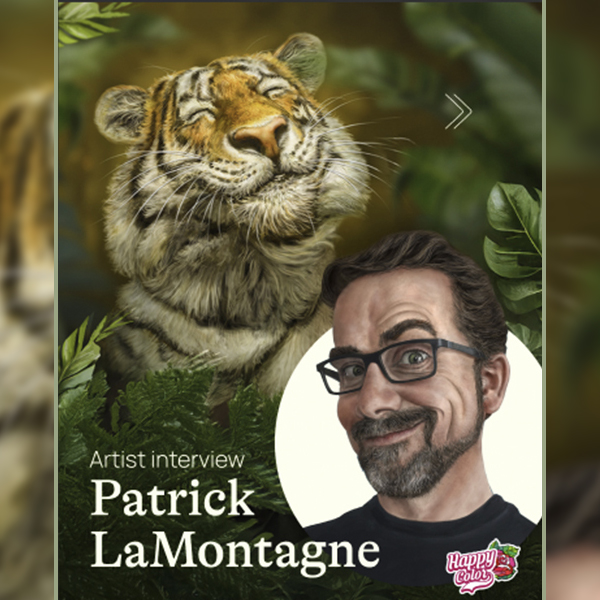
 In 2022, X-Flow Games reached out to license my artwork for a paint-by-numbers app called Happy Color. I hadn’t heard of it at the time, it’s not really my kind of thing, but I don’t often find licensing clients; they usually find me.
In 2022, X-Flow Games reached out to license my artwork for a paint-by-numbers app called Happy Color. I hadn’t heard of it at the time, it’s not really my kind of thing, but I don’t often find licensing clients; they usually find me.
You can usually tell pretty quickly whether a company is going to be a good fit. My contact at X-Flow was friendly, professional, and well-versed in licensing. They had a solid contract, clear payment structure, and efficient process.
While most licensing agreements are royalty-based, paying monthly or quarterly based on sales, some companies opt for a flat fee for time-limited use. That’s how X-Flow operates. Since Happy Color is free to download and monetized through ads and in-app purchases, the royalty model doesn’t apply.
My art wasn’t released in the app until two years after our initial discussions. That kind of delay is common in licensing. Each company has its own schedule for product launches, and while my work may be part of it, I’m not involved in the rollout or marketing. My only job is to stay quiet until they go public.
I’m fortunate to have a loyal group of subscribers and supporters of A Wilder View. I’ve often written about shady companies that steal artwork, and how difficult it can be to deal with that. As a result, many people are quick to alert me when they see my work somewhere unexpected.
So when Happy Color released The Charmers’ Club last year—a collection of ten of my animals—I actually found out from several fans of the app who asked if it was legitimate. I was happy to confirm that yes, it was authorized, and that I could finally promote it.
Earlier this year, I spoke with Happy Color again. Someone new had taken over the conversation, but like her predecessor, she was professional, friendly, and easy to work with. Must be something in the company culture.
After some back-and-forth, they selected a new batch of images to license. The first collection had been well received, so they planned a larger promotion this time around.
Subscribers might recall a recent post where I teased two licensing opportunities I couldn’t talk about yet. This is the first one.
 Once the new collection was finalized, X-Flow asked to interview me to help promote the current images and tease the upcoming fall release. I can’t share the newly licensed paintings until they do, but I’m looking forward to seeing them in the app again soon.
Once the new collection was finalized, X-Flow asked to interview me to help promote the current images and tease the upcoming fall release. I can’t share the newly licensed paintings until they do, but I’m looking forward to seeing them in the app again soon.
If you haven’t tried the Happy Color app, I recommend giving it a go. It’s a relaxing, pleasantly addictive little distraction. I’ll admit I had low expectations at first, but after colouring several of my own pieces, I get the appeal.
Below is the interview X-Flow released today in the app, you can see screenshots from their social media featuring my artwork and Q&A throughout this post. You can download Happy Color from Google Play or the Apple App Store and follow Happy Color on Facebook and Instagram. To read the interview on the app, go to their News tab on the bottom and you’ll see it there. At the bottom of the interview, it will take you right to my current collection, The Charmers’ Club.
Enjoy!
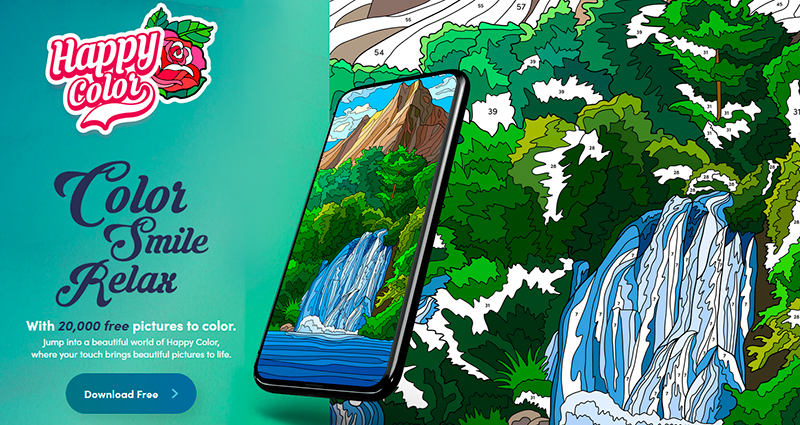
Interview with Patrick LaMontagne
From the Happy Color App
“Cartoony but Real” World of Patrick LaMontagne
Q: Patrick, your signature style—expressive wildlife that’s “cartoony but real”—is instantly recognizable. How did it all begin?
Believe it or not, it started with a bear. That first grizzly I painted back in 2009 wasn’t supposed to look whimsical—I didn’t even think in those terms back then. But people responded to it. So I painted another. Then another. And somewhere along the way, it became the work I loved most.
The phrase “cartoony but real” actually came from viewers at shows. The first time I heard it, I thought, yeah, that fits. Then someone else said the exact same thing. So I figured—if that’s how people see it, why fight it?
Q: Has living in the Bow Valley shaped your work?
Absolutely. That first grizzly bear was inspired by the wildlife here. We have them in our backyard. I love them—but I’m also a little scared of them. I don’t sleep well in a tent because of it.
This place, the Canadian Rockies, is a constant source of inspiration. The animals, the light, the landscapes—it’s all right here.
Q: What was it like seeing your work featured in the Happy Color app?
Honestly? At first, I was surprised. I looked at the app and thought, paint-by-numbers? People still do this?
Then I tried it—and totally got it. It was relaxing and kind of addictive.
When the first Happy Color collection launched, I hadn’t even announced it yet—but my subscribers spotted it right away. They were excited… and a few were worried it was art theft. It wasn’t—and I loved getting to share that moment with them.
Seeing my animals in that format was a joy. I loved how the collection was presented. I even coloured most of them myself.
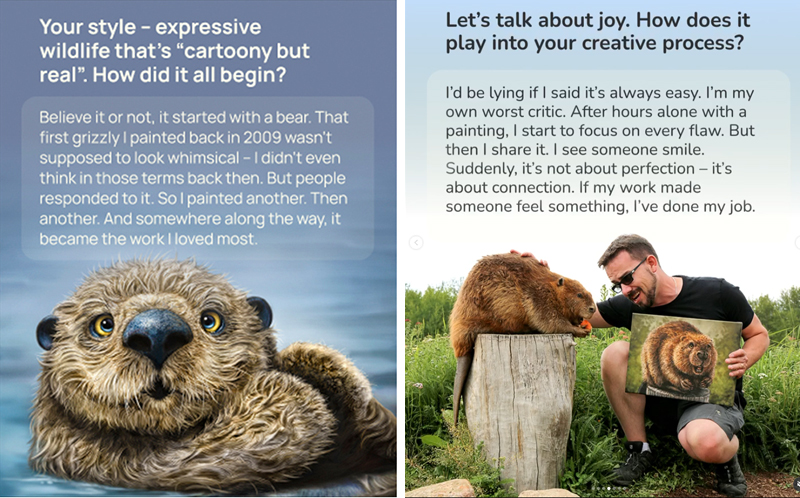 Q: Let’s talk about joy. How does it play into your creative process?
Q: Let’s talk about joy. How does it play into your creative process?
I’d be lying if I said it’s always easy. Like a lot of artists, I’m my own worst critic. After hours alone with a painting, I start to focus on every flaw.
But then I share it. I see someone smile, or I get a heartfelt message. And suddenly, it’s not about perfection—it’s about connection. If my work made someone feel something, then I’ve done my job.
Q: What’s your creative process like, from blank canvas to final touches?
I keep things simple—just a few brushes. I start with a sketch, lay down flat colours, then rough in light and shadow. From there, it’s all about refining.
One trick I use constantly is flipping the canvas horizontally, along with my references. Artists have done it for centuries—it helps spot mistakes instantly. I swear by it.
Q: You were creating digital art long before it became mainstream. How has that journey evolved for you?
I’ve never been a traditional artist in the classic sense. I didn’t study oils or watercolour. I just liked to doodle.
My digital journey started in high school—pixel by pixel with a mouse on a Macintosh, just for fun. Then came my first Wacom tablet, bundled with Painter Classic. From that point on, I was hooked. Digital was my home.
Q: How do you stay authentic in an AI-driven world?
These days, with AI and filters flooding the space, I often have to explain that my work isn’t AI-generated. That the computer doesn’t “make” it—I do.
It’s frustrating sometimes, but it also motivates me to show more of my process. That’s one reason I’m focusing more on YouTube now.
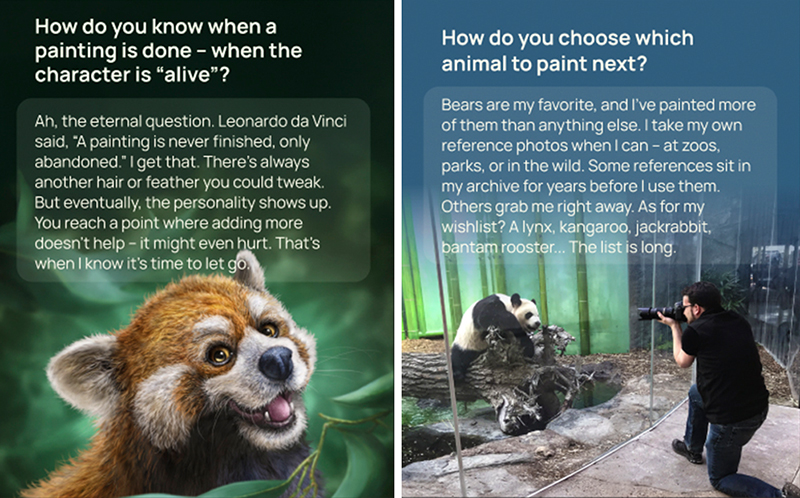 Q: How do you know when a painting is done—when the character is “alive”?
Q: How do you know when a painting is done—when the character is “alive”?
Ah, the eternal question. Leonardo da Vinci said, “A painting is never finished, only abandoned.” I get that. There’s always another hair or feather you could tweak.
But eventually, the personality shows up. You reach a point where adding more doesn’t help—it might even hurt. That’s when I know it’s time to let go.
You can enjoy coloring Patrick LaMontagne’s collection The Charmer’s Club in the Happy Color app now.
A new collection is on the way this autumn—stay tuned for more wild and whimsical news!
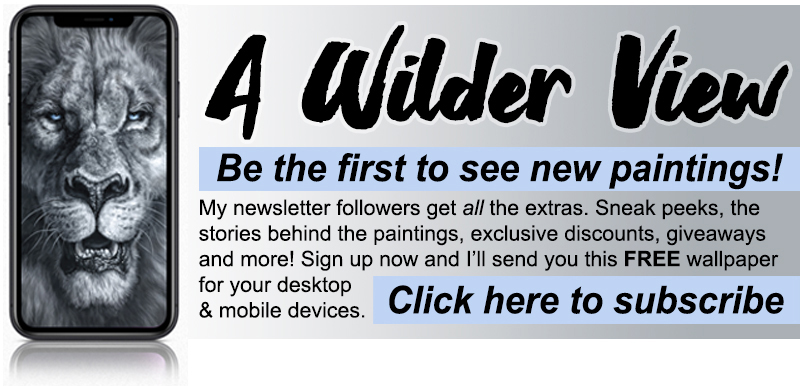

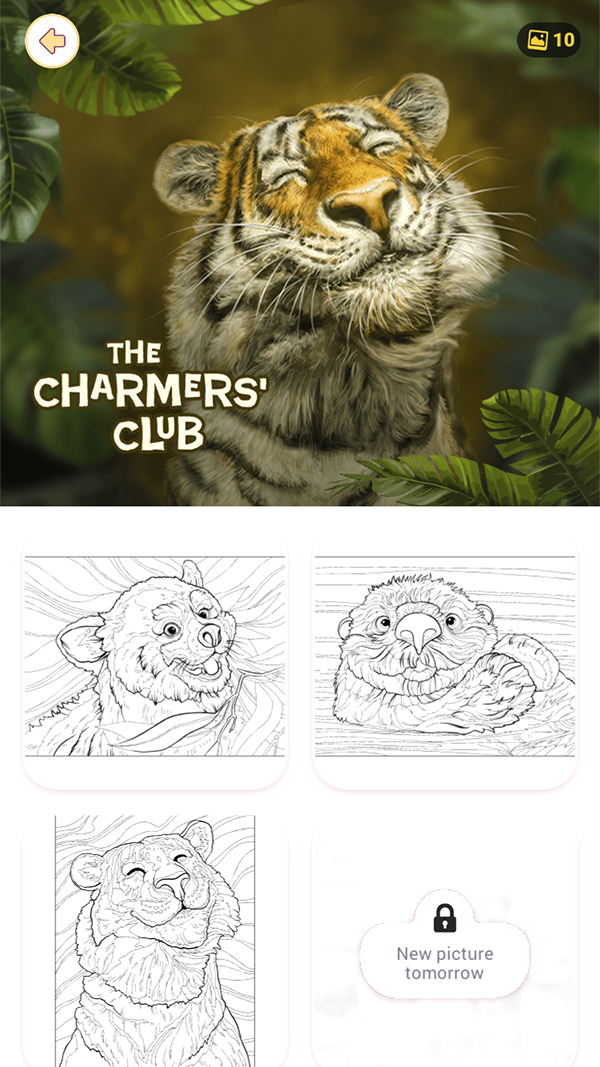
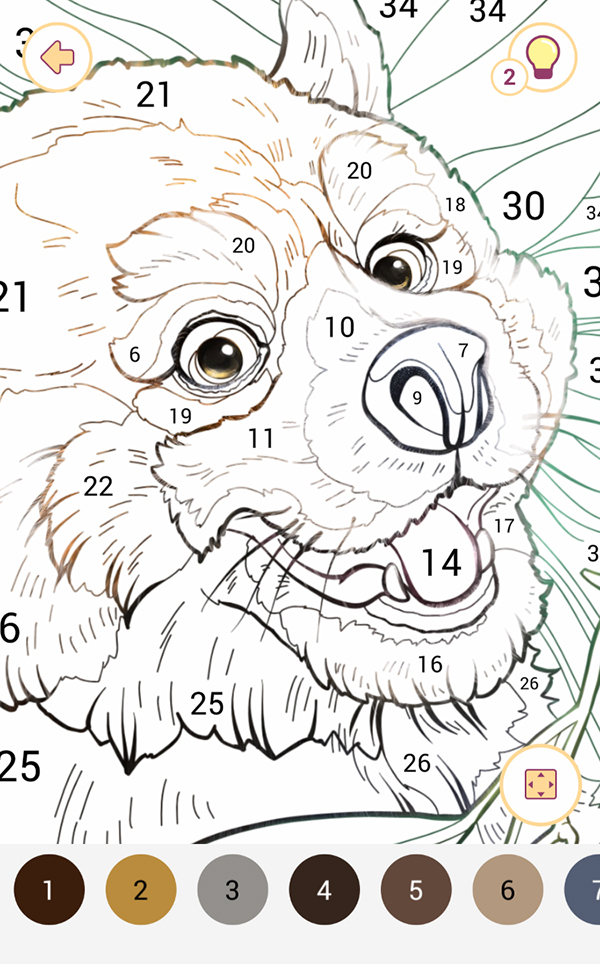
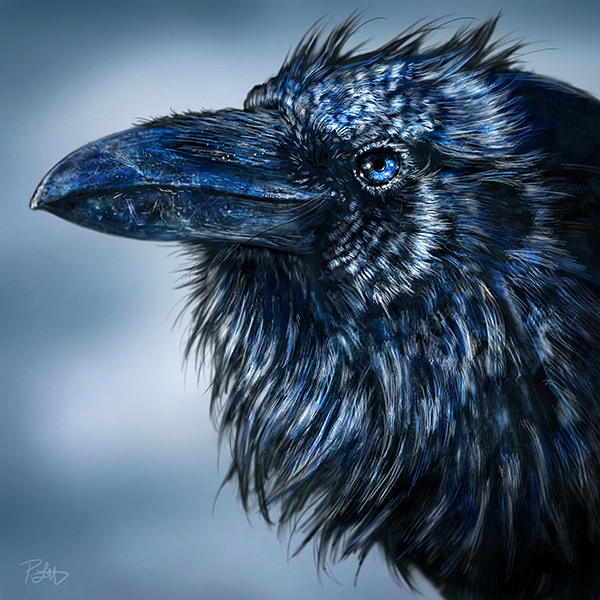
 They do sell, however. I had one woman in Canmore send me an email after the market one Saturday night, regretting she didn’t buy the 16”X16” metal print of my Blue Beak Raven.
They do sell, however. I had one woman in Canmore send me an email after the market one Saturday night, regretting she didn’t buy the 16”X16” metal print of my Blue Beak Raven.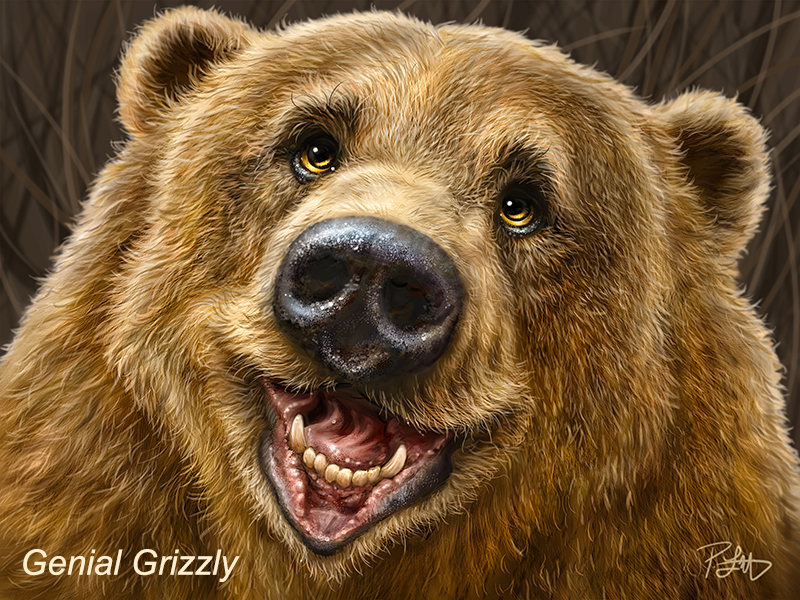 Another gentleman wanted the same size Spa Day painting on metal I had in the booth, plus a 12”X16” metal print of my Genial Grizzly I didn’t have. I said I could order and deliver the missing one to him, but he didn’t want to carry the other one around. He asked if he could pay for them, and I could order and drop both of them off in Canmore when they arrived. He wasn’t in a rush, and I was happy to accommodate.
Another gentleman wanted the same size Spa Day painting on metal I had in the booth, plus a 12”X16” metal print of my Genial Grizzly I didn’t have. I said I could order and deliver the missing one to him, but he didn’t want to carry the other one around. He asked if he could pay for them, and I could order and drop both of them off in Canmore when they arrived. He wasn’t in a rush, and I was happy to accommodate.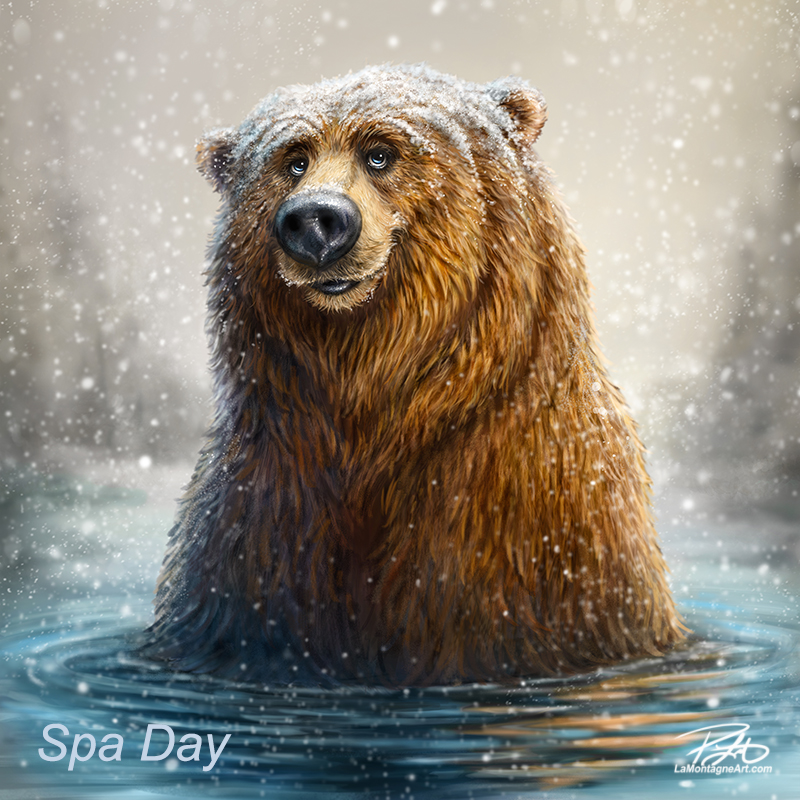 I wanted to sell the metal and canvas prints, but I didn’t want to lose Spa Day on the wall because it attracts a lot of attention. It has become a bestseller, and the metal prints on the wall sell the poster prints on the tables.
I wanted to sell the metal and canvas prints, but I didn’t want to lose Spa Day on the wall because it attracts a lot of attention. It has become a bestseller, and the metal prints on the wall sell the poster prints on the tables.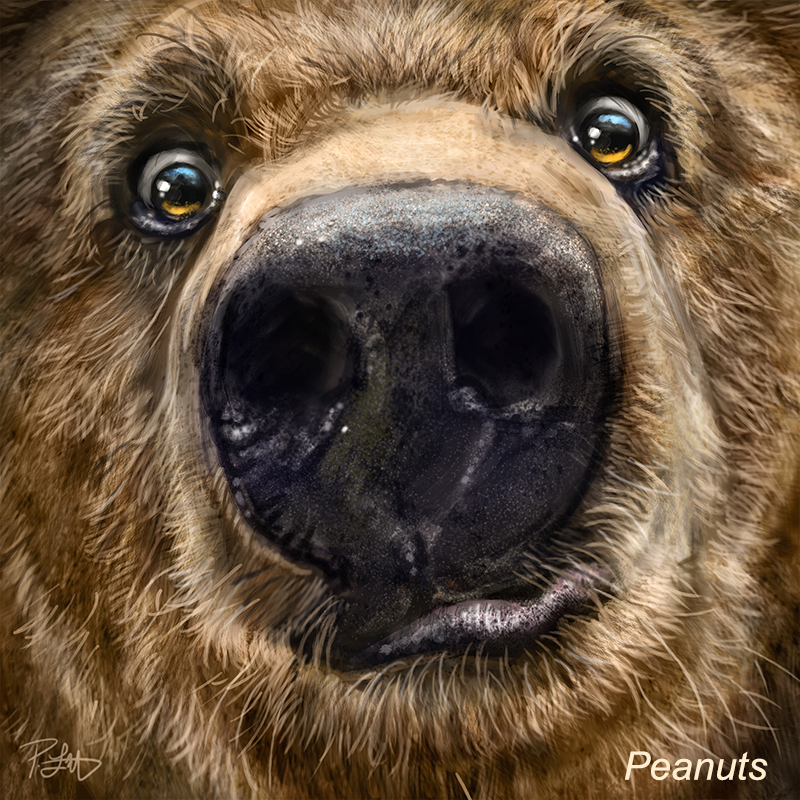 Prepare as I might; what’s true one day might not be the next. Last year, I had two metal prints of my Peanuts painting, one of my personal favourites. It doesn’t work as a poster print because it’s a square composition, so it’s only available in metal or canvas. This year, I made sure to have two metal prints on hand, and I sold them both the first weekend. So, I ordered three more for the last two weekends.
Prepare as I might; what’s true one day might not be the next. Last year, I had two metal prints of my Peanuts painting, one of my personal favourites. It doesn’t work as a poster print because it’s a square composition, so it’s only available in metal or canvas. This year, I made sure to have two metal prints on hand, and I sold them both the first weekend. So, I ordered three more for the last two weekends. I had two metal prints of my Raven on White painting and two of my Highland Cows. I sold one of each the first weekend, so I figured I should get spares.
I had two metal prints of my Raven on White painting and two of my Highland Cows. I sold one of each the first weekend, so I figured I should get spares. But the Highland Cow on the wall sold many poster prints over four weeks, more than any other image. The Raven on White print was also a bestseller.
But the Highland Cow on the wall sold many poster prints over four weeks, more than any other image. The Raven on White print was also a bestseller.
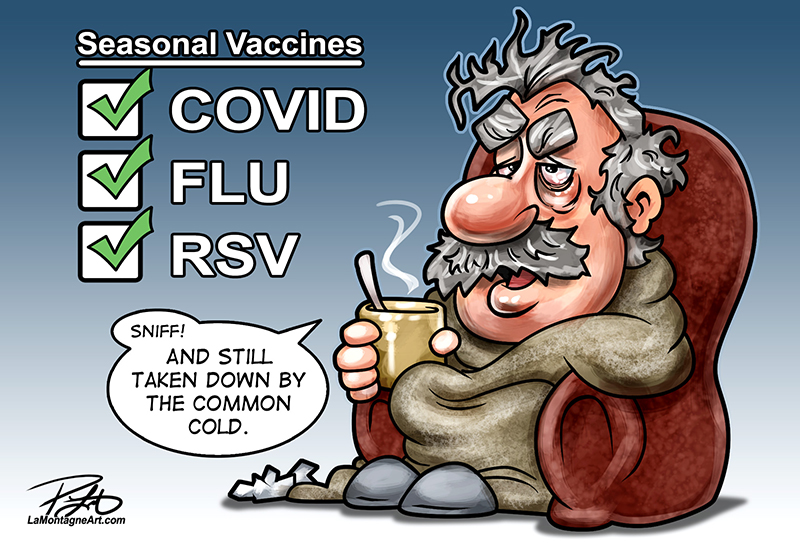 I had made sure to get my flu and COVID boosters before the markets, but still ‘got sick,’ knocked on my ass by a cold in between Weekends 2 and 3. If you wonder where I get my cartoon ideas, life inspires art. But just like everybody else who gambles with seasonal viruses, I handled it. Inconvenient, uncomfortable, but manageable. And though I began that third weekend still suffering and wearing a mask for a day, it was my second-best sales weekend.
I had made sure to get my flu and COVID boosters before the markets, but still ‘got sick,’ knocked on my ass by a cold in between Weekends 2 and 3. If you wonder where I get my cartoon ideas, life inspires art. But just like everybody else who gambles with seasonal viruses, I handled it. Inconvenient, uncomfortable, but manageable. And though I began that third weekend still suffering and wearing a mask for a day, it was my second-best sales weekend.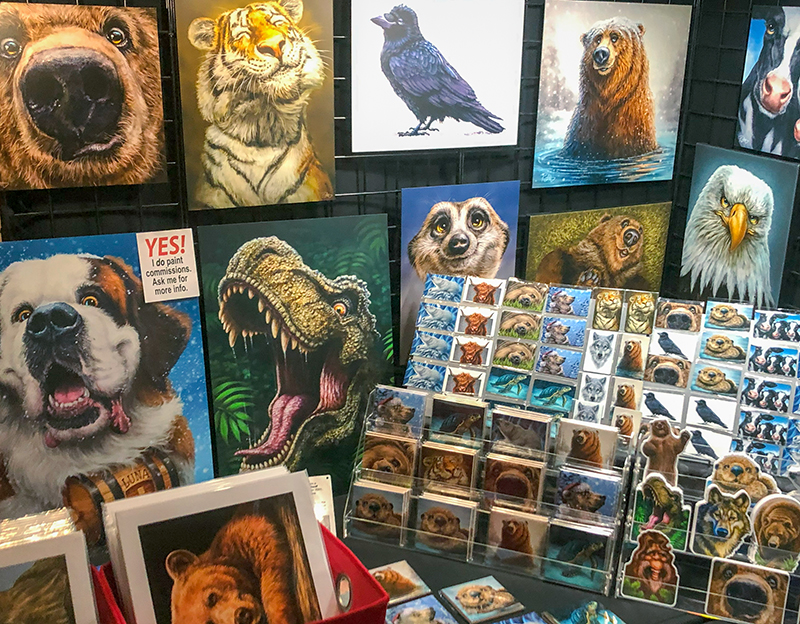 I regret I have no decent photos of my booth. The bright light on the artwork looks great in person, but my older iPhone camera just can’t seem to compensate correctly, even with an accessory filter. It’s no doubt a user problem.
I regret I have no decent photos of my booth. The bright light on the artwork looks great in person, but my older iPhone camera just can’t seem to compensate correctly, even with an accessory filter. It’s no doubt a user problem.


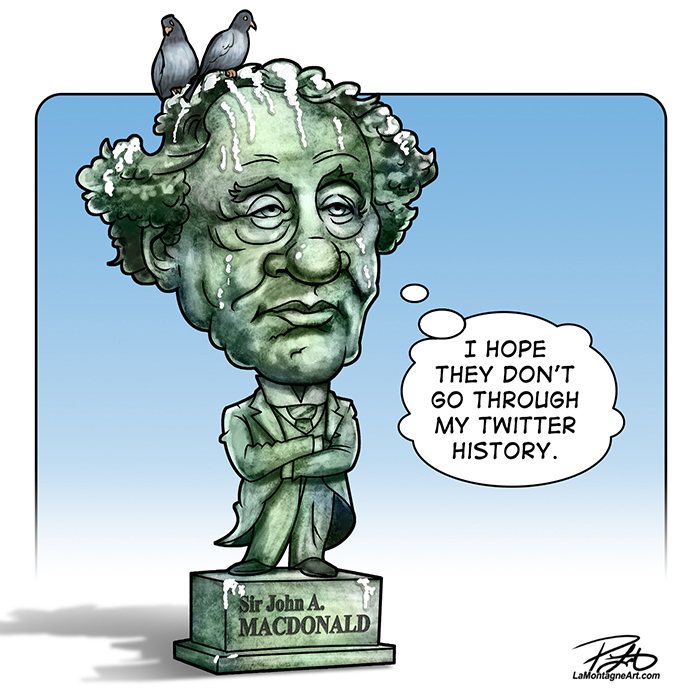
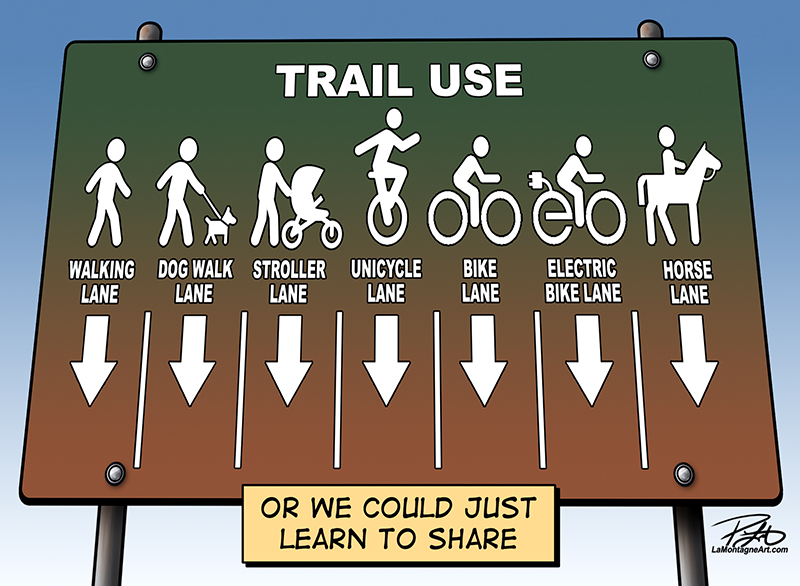
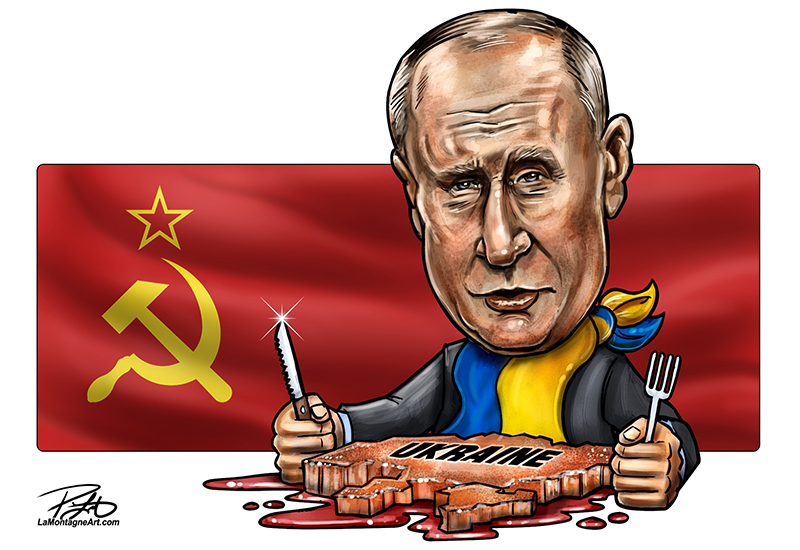

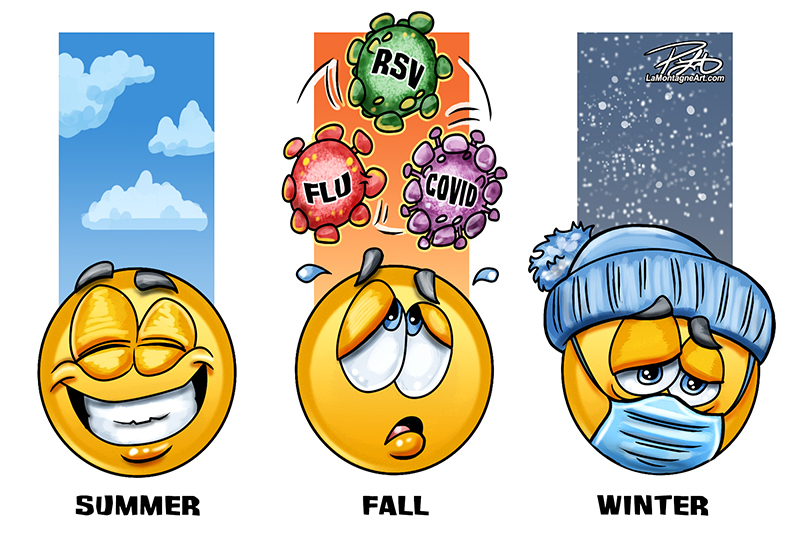
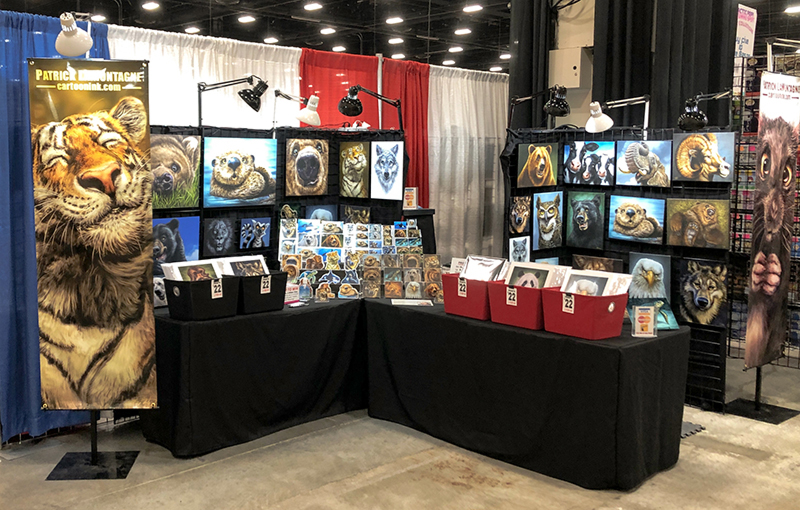

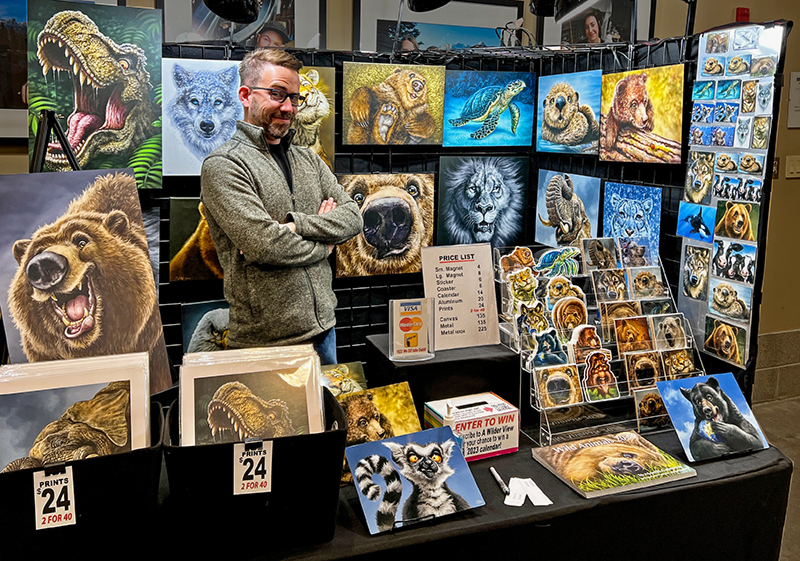 There were several Mountain Made Markets this year, with weekend events every month from May to December. Held indoors at the Canmore Civic Centre, it’s an easy setup close to home, so it’s worth my time.
There were several Mountain Made Markets this year, with weekend events every month from May to December. Held indoors at the Canmore Civic Centre, it’s an easy setup close to home, so it’s worth my time. Licensing allows me to spend my time painting and still reach new markets and audiences. I signed a few new deals this year with
Licensing allows me to spend my time painting and still reach new markets and audiences. I signed a few new deals this year with 
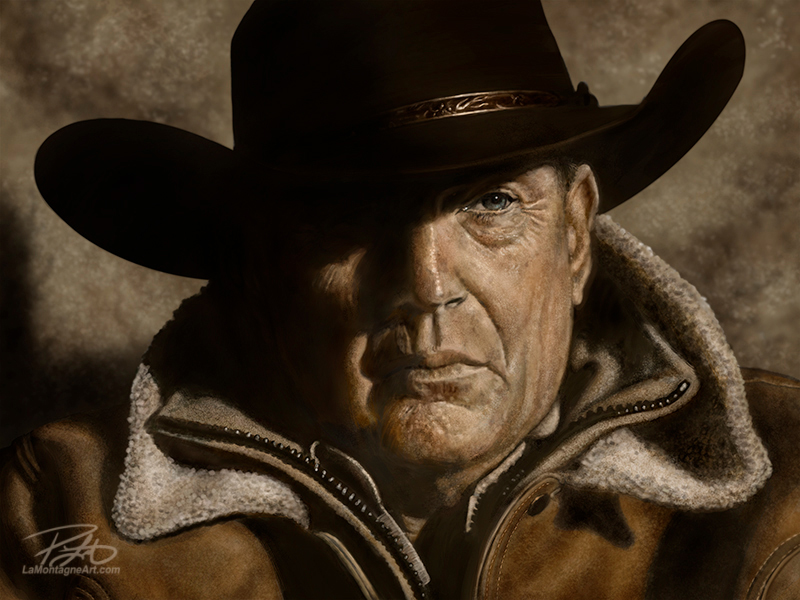
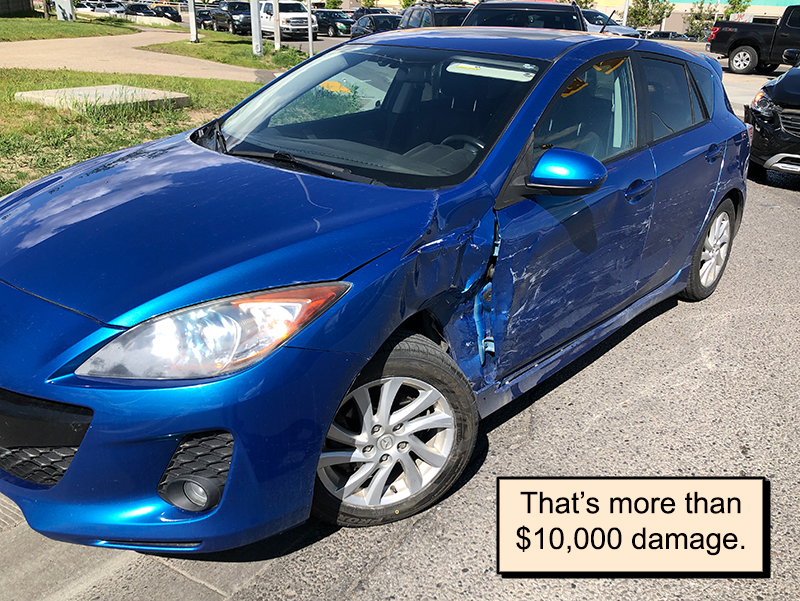

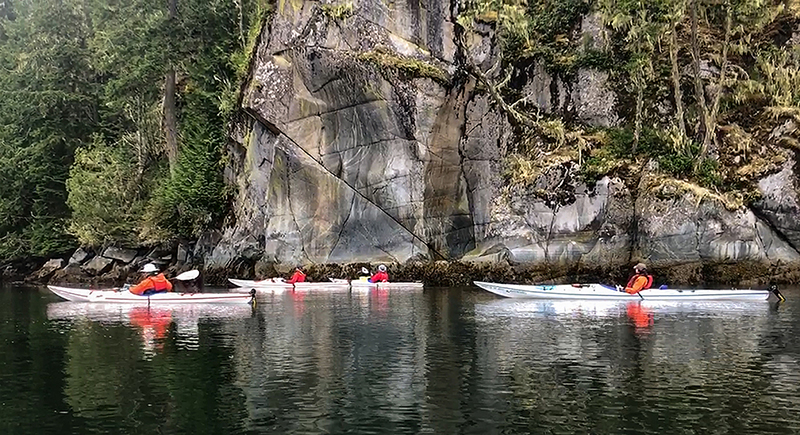


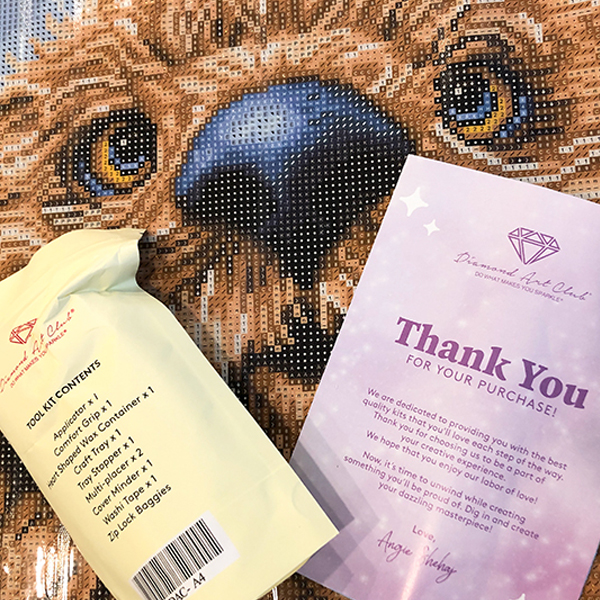
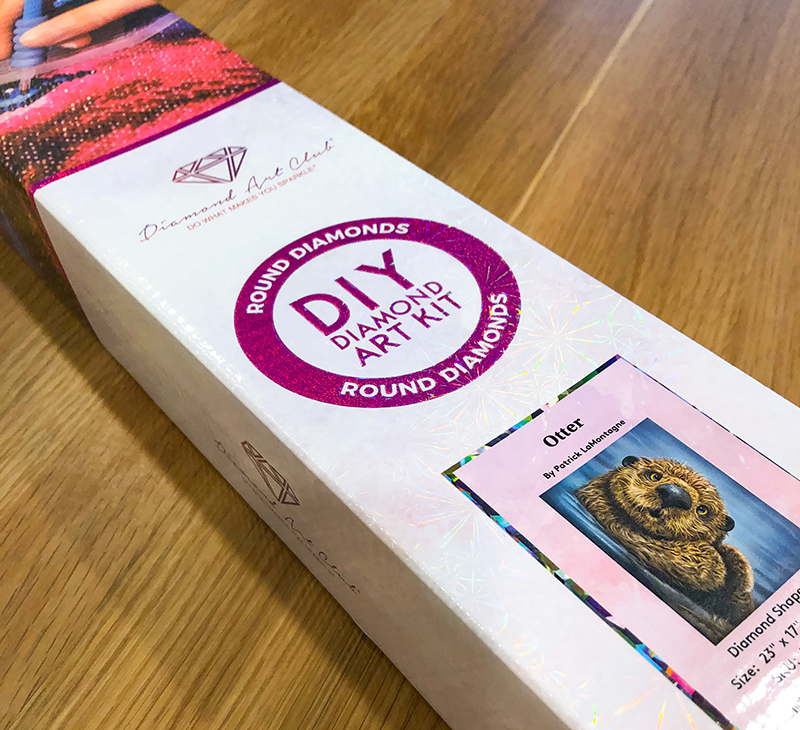
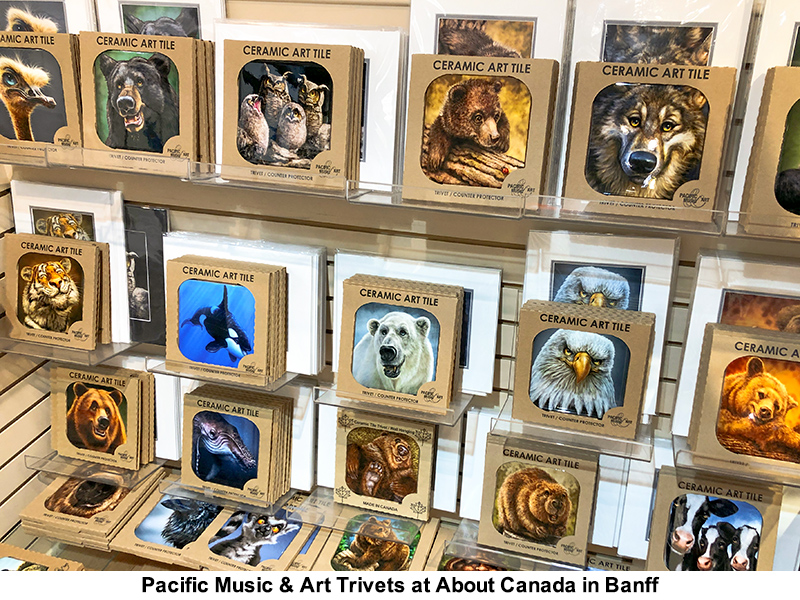
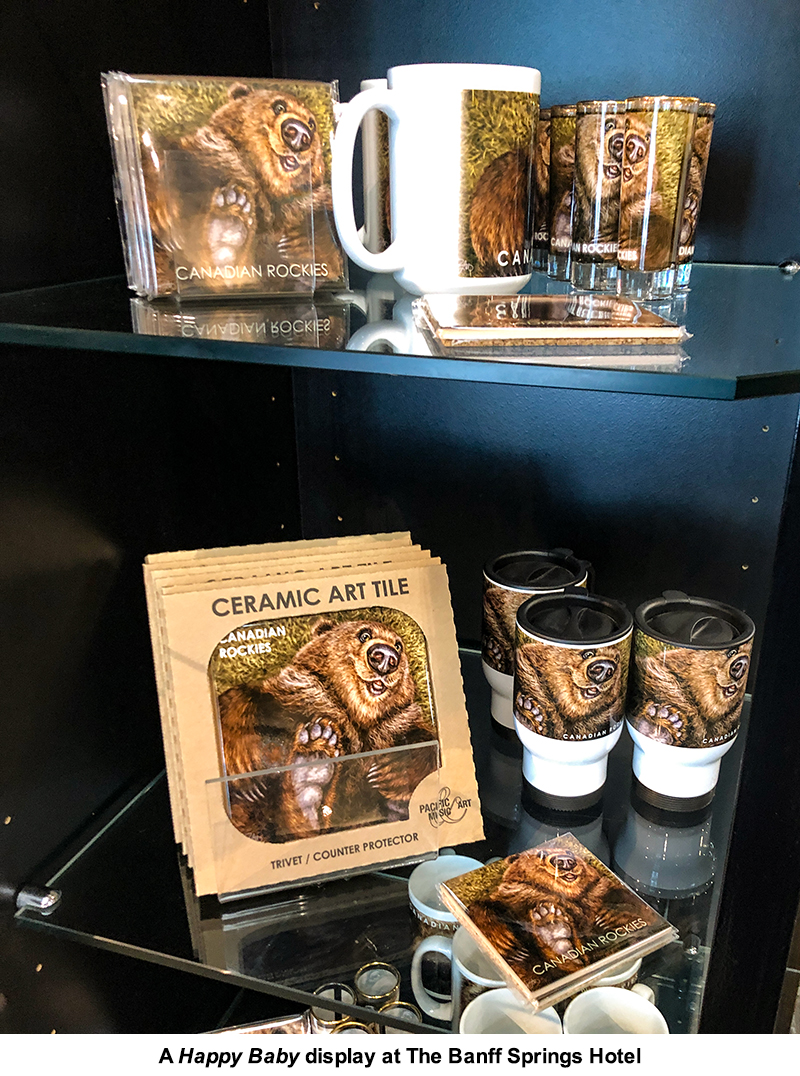
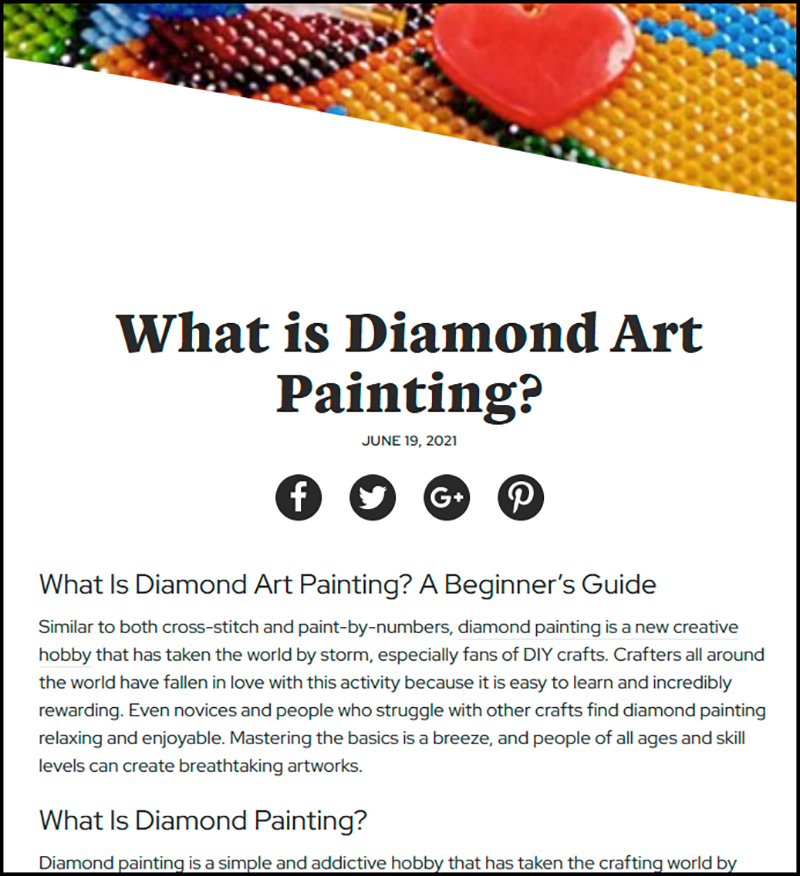




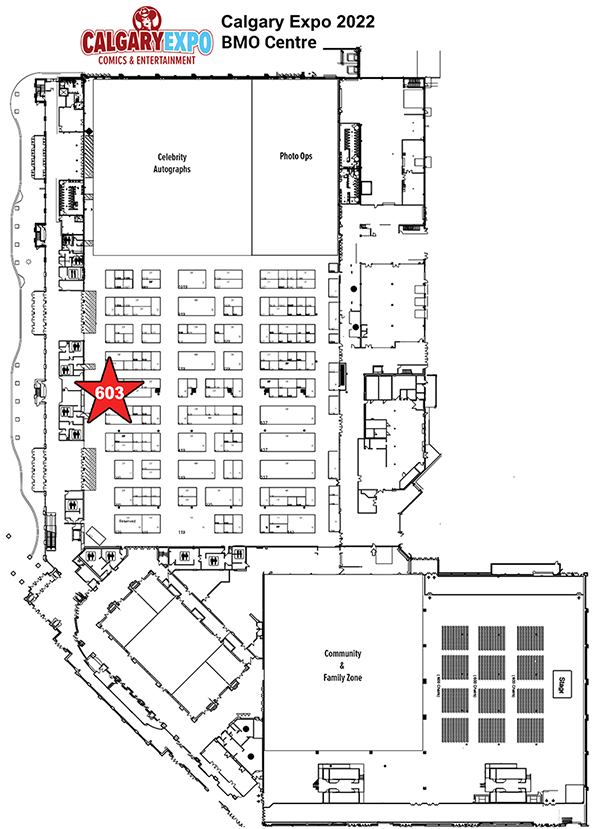
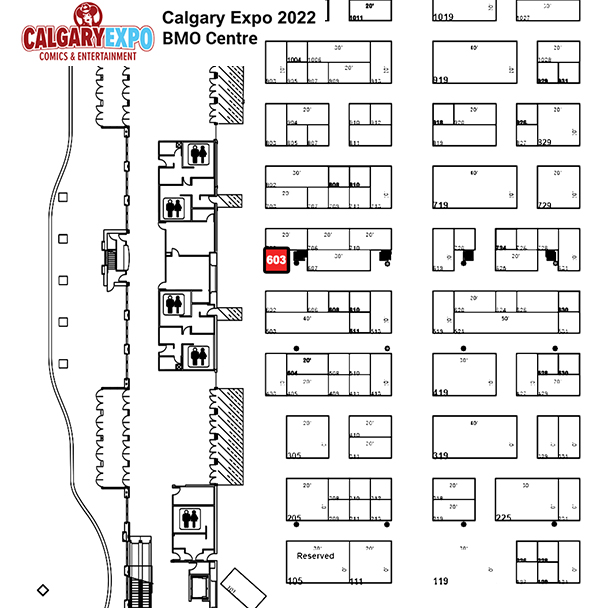 In addition to this floor plan, there is a second building for Artist Alley which looks to have a couple hundred more vendor tables.
In addition to this floor plan, there is a second building for Artist Alley which looks to have a couple hundred more vendor tables.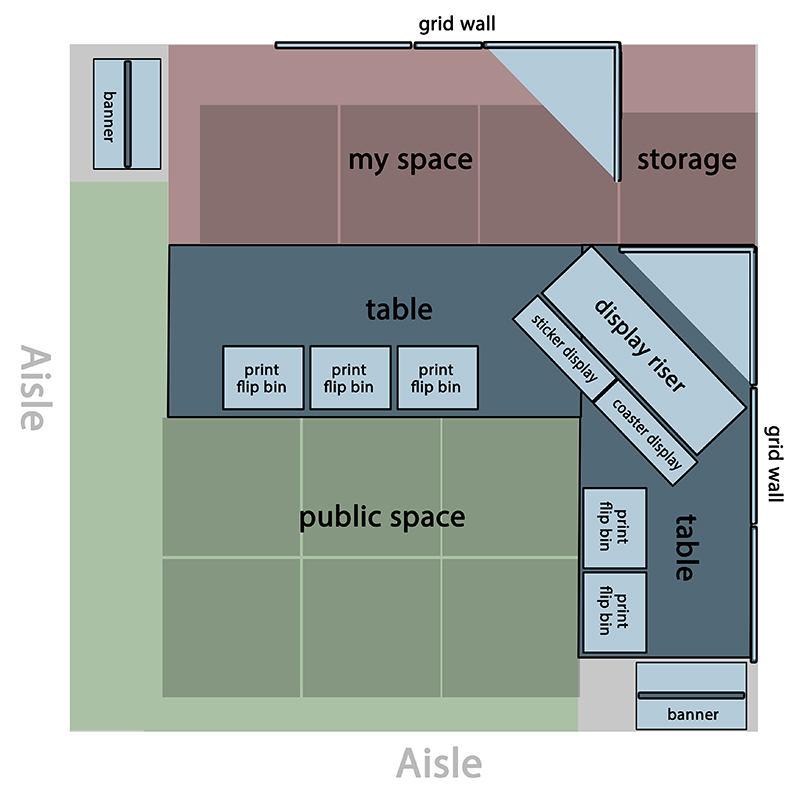 Because I’ve painted over 100 of my whimsical wildlife pieces, and so many of the early ones are still popular, it’s tough to know which to keep in stock and which to retire.
Because I’ve painted over 100 of my whimsical wildlife pieces, and so many of the early ones are still popular, it’s tough to know which to keep in stock and which to retire.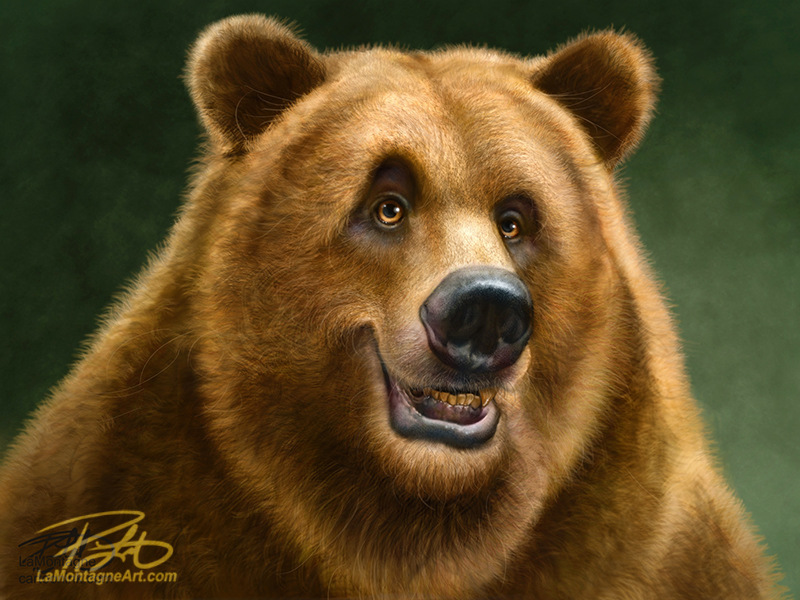
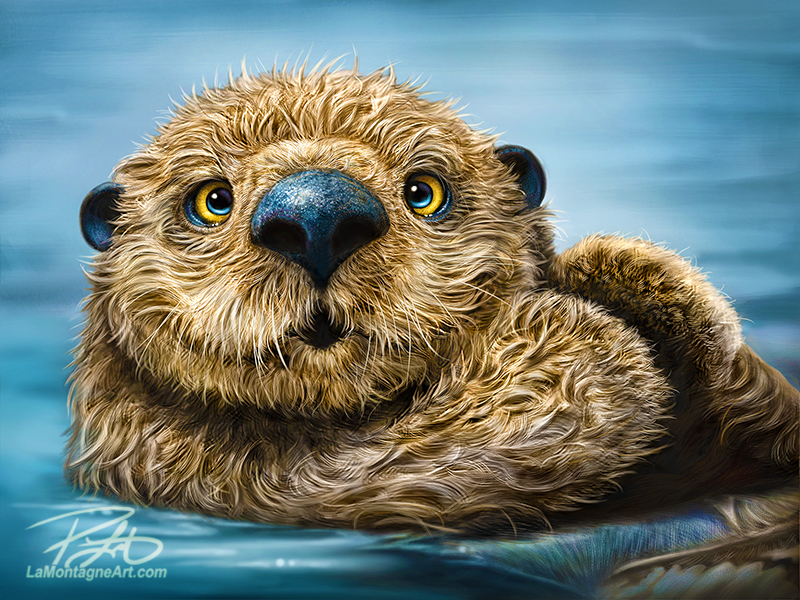
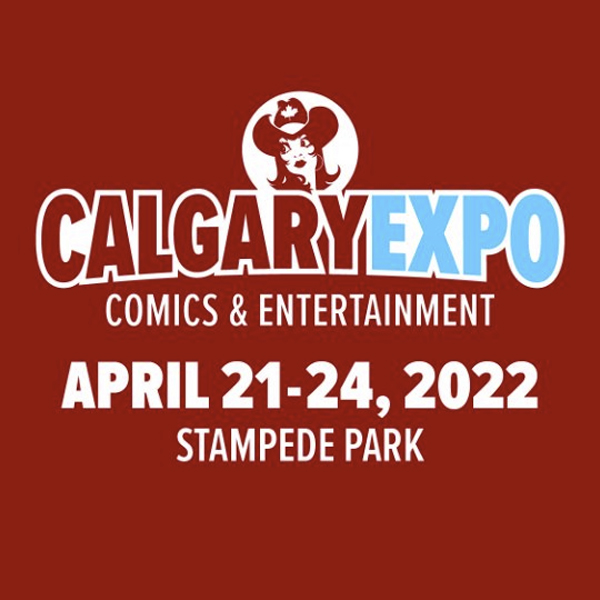

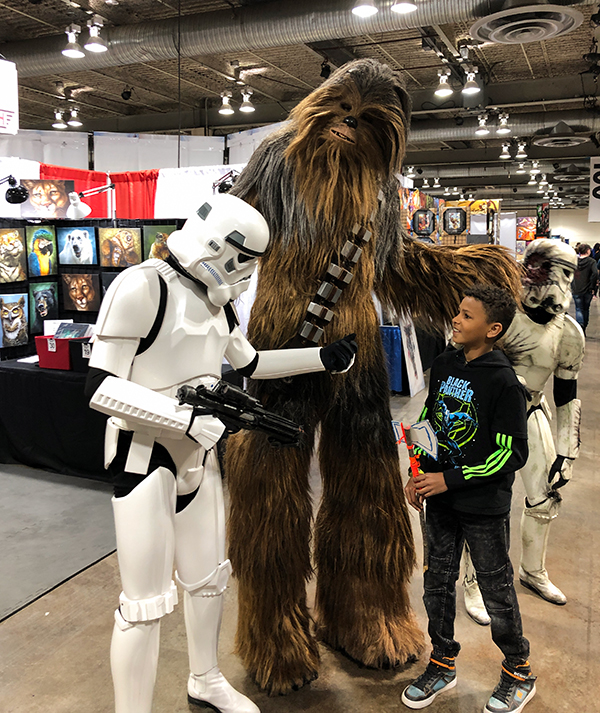 Truly an all-ages, family-friendly event, it has consistently been one of the most positive experiences I’ve had each year. The people-watching alone is worth attending, and the whole event has a circus feel.
Truly an all-ages, family-friendly event, it has consistently been one of the most positive experiences I’ve had each year. The people-watching alone is worth attending, and the whole event has a circus feel.
 Neighbouring vendors form temporary communities at these shows. We watch each other’s booths for bathroom breaks, might do a coffee run if one of us is going, and we talk during set-up and slow periods. I hear a common question: “How did you do today?”
Neighbouring vendors form temporary communities at these shows. We watch each other’s booths for bathroom breaks, might do a coffee run if one of us is going, and we talk during set-up and slow periods. I hear a common question: “How did you do today?” That explains the hard costs, but what about my time?
That explains the hard costs, but what about my time?




